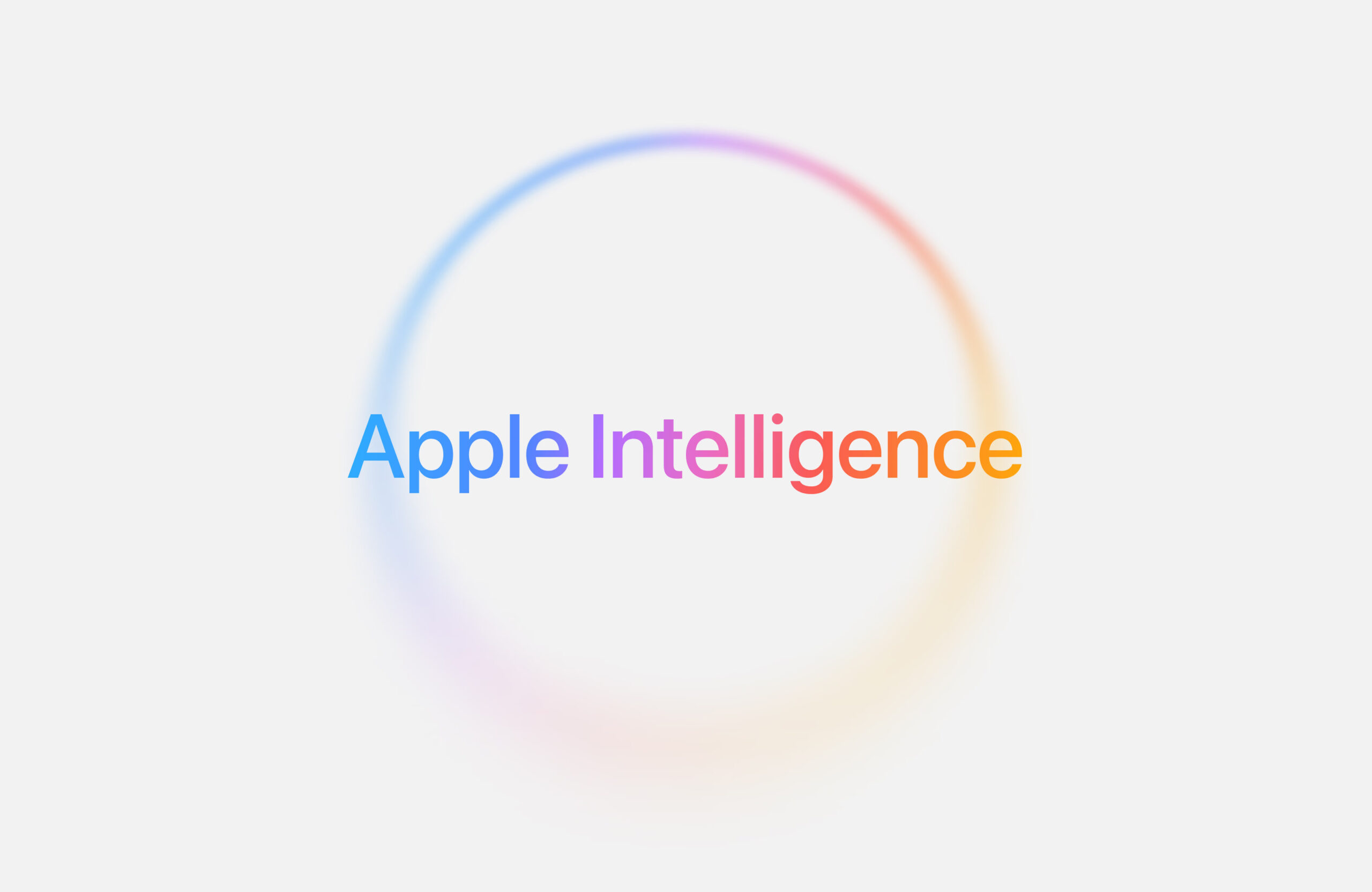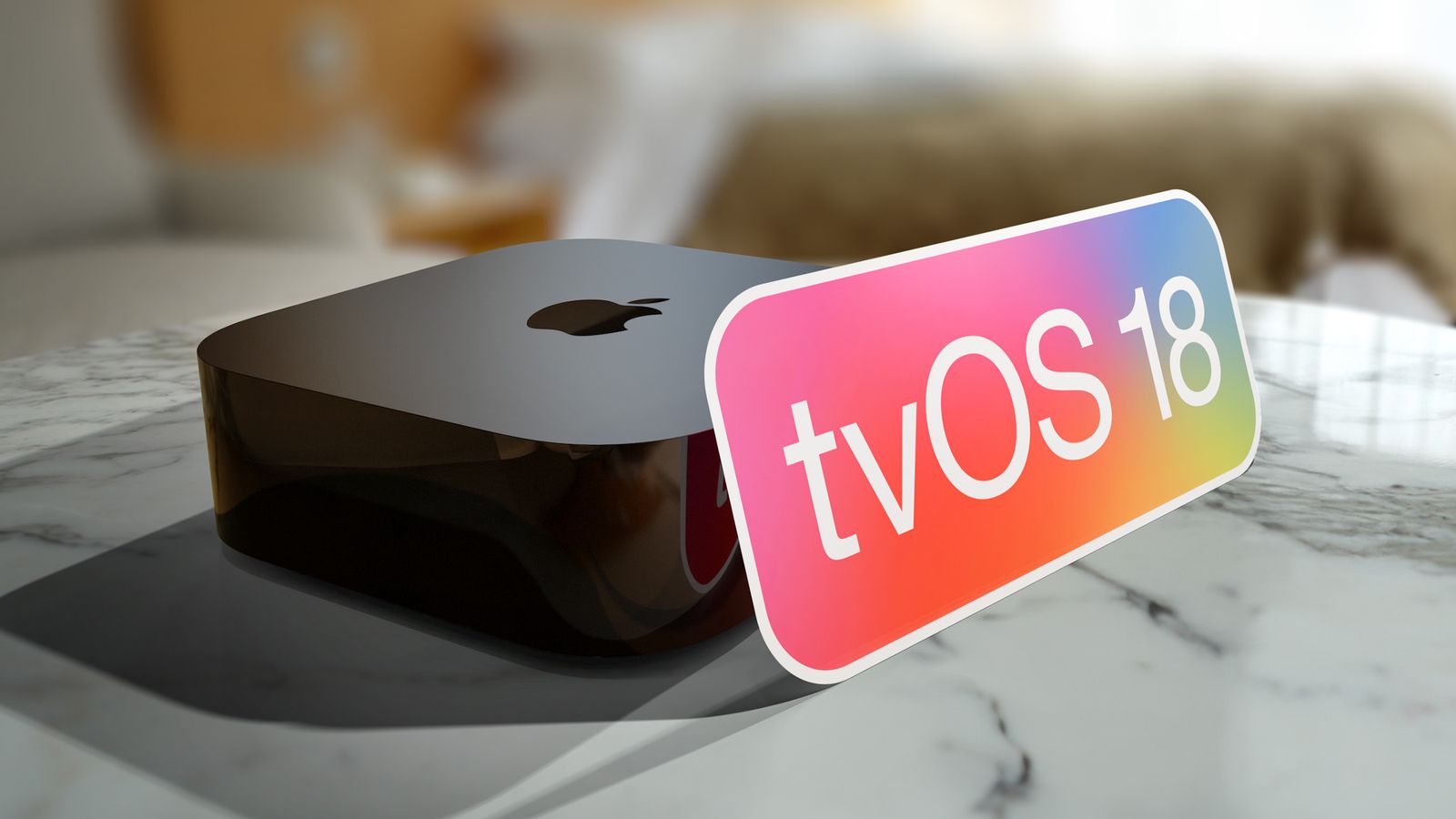Apple has made some big changes to its iPhone lineup. They’ve decided to stop selling the iPhone 14 and iPhone 14 Plus, which were introduced back in 2022. These phones were known for their good value, with the iPhone 14 starting at $599 and the Plus at $699 after price drops from their original costs.
The iPhone 14 models came with a 6.1-inch and 6.7-inch screen respectively, offering a choice for those who wanted a larger screen without going for the Pro versions. They ran on the A15 Bionic chip, had new safety features like Crash Detection, and enhanced cameras with the Photonic Engine for better photos in low light.
In another move, Apple has discontinued the iPhone SE. This was the last iPhone with a Home button, making it unique. With the SE gone, Apple no longer offers phones with Touch ID, an LCD screen, or smaller than 6 inches. All current models now use Face ID and have bigger displays.
Here’s what the lineup looks like now:
iPhone 16, iPhone 16 Plus, iPhone 16 Pro, iPhone 16 Pro Max, iPhone 16e, iPhone 15, and iPhone 15 Plus.
Interestingly, the iPhone 16e comes with a bit of an old-school look with its notch but is powered by the latest A18 chip and supports Apple Intelligence. On the other hand, the iPhone 15 models have the newer Dynamic Island but are equipped with the older A16 chip without Apple Intelligence support.
This shift in product strategy suggests that Apple might be focusing on larger screens and newer technologies, as they’re expected to discontinue the iPhone 15 models with the upcoming release of the iPhone 17 series in September.
With these changes, Apple has officially moved away from smaller screen sizes, with the smallest screen now being 6.1 inches on several models. This means if you’re looking for a compact phone, you’ll need to look at older models or other brands, as Apple seems to have left the small-screen market behind.





